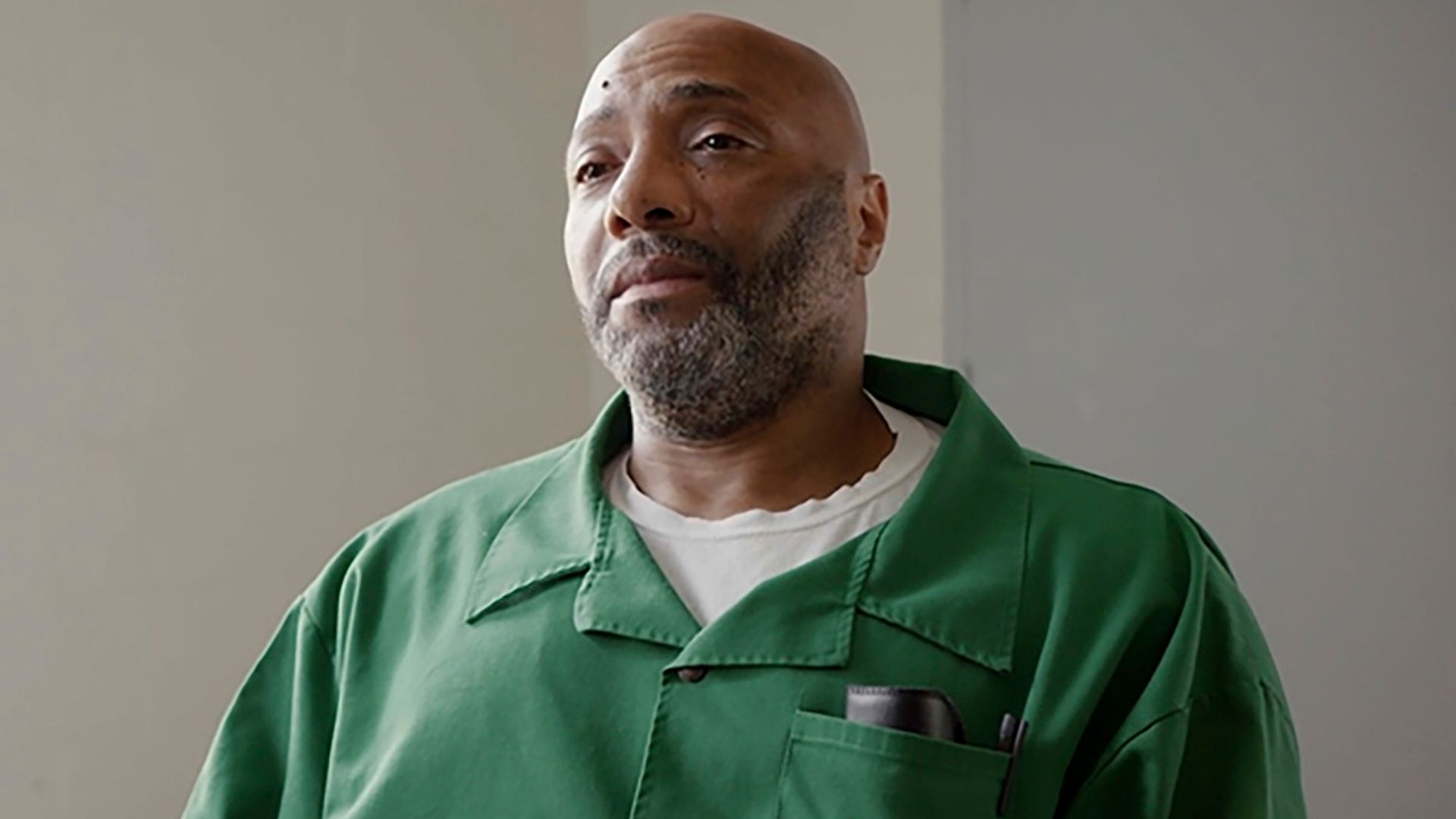
This week’s question comes to us from a reader who noted that this December, it will be 20 years since the Zillman Art Museum opened its doors in downtown Bangor, one of the major transformations for a part of the city that had seen major economic decline over the preceding two decades.
How did the University of Maine’s art museum end up in downtown Bangor?
Before there were galleries spanning two floors showcasing work from a world-class array of modern and contemporary artists, the space that now houses the Zillman Art Museum in downtown Bangor was a blue-collar hangout for bowling, roller skating and boxing matches.
40 Harlow St. has had a number of uses over the past century. It was 20 years ago this week, however, that the University of Maine’s art museum moved from its longtime home on the Orono campus to downtown Bangor, in a move that took careful planning, lots of money and four years of work.
The downtown building, originally built in 1914, has had many uses over the years, but between its opening and the 1940s, it was the site of the Bowl-O-Drome, a bowling alley, roller rink and site for boxing matches, and the Chateau Ballroom, located on the upper floor, which hosted music, dancing and speeches by politicians and other dignitaries.
The Bowl-o-Drome and the ballroom closed in the late 1940s to make way for a Sears-Roebuck department store, which was located there for about 30 years. In 1978, Sears relocated to the Bangor Mall, and the building at 40 Harlow was left empty. It wouldn’t find another regular tenant for more than 20 years.
During the 1980s and ’90s, 40 Harlow, along with other large downtown Bangor buildings, such as the former Freese’s and W.T. Grant buildings, was largely vacant, as anchor retailers left downtown for the mall area or closed outright. Throughout most of those two decades, efforts to revitalize those buildings and the downtown in general failed to take off in any meaningful way, and the area languished.
Around 1997, however, three concerted efforts began to revitalize those three buildings. In the former home of W.T. Grant at 6 Central St., Bangor attracted outdoor retailer Cadillac Mountain Sports, later to be taken over by local business Epic Sports. In the Freese’s building, a group of local residents raised money and organized the campaign to open what would become the Maine Discovery Museum, which finally opened in 2001.
And at 40 Harlow — renamed Norumbega Hall in 1991 by a former owner — the University of Maine made the choice to move its art museum from the Orono campus to downtown Bangor.
The process began in 1998, by which time the museum, founded in 1946 by longtime UMaine art professor Vincent Hartgen, had already well outgrown its on-campus home at Carnegie Hall. There was little room to display any of the nearly 6,000 works of art then in the museum’s collection, with a small, rotating selection of art being put on display in Carnegie’s hallways — a rather makeshift way to display works by Andy Warhol and Pablo Picasso. An effort to build a new museum on campus failed, and early talks to move the museum into the Freese’s building didn’t go anywhere either.
But after the nonprofit Couri Foundation purchased 40 Harlow in 2000, suddenly, there was a viable option in downtown Bangor. Over the course of two years, the lower floor of the building was transformed into clean, modern art galleries, and on Dec. 6, 2002, the University of Maine Museum of Art opened its doors.
Over the past two decades, the museum has become an integral part of downtown Bangor, and is one of the few elements of the University of Maine’s flagship campus to not be located in Orono or Old Town. In addition to three yearly exhibits of contemporary art, the museum hosts a popular education program, and has regular artist talks and other programming.
In fall 2021, the museum expanded to add new galleries on the second floor, thanks to a $1.3 million gift in 2020 from longtime Maine arts patrons Donald and Linda Zillman, for whom the museum was renamed.
It’s a far cry from its early days, when boxing, bowling and big bands were the main attraction — and an even further cry from those bleak years at the end of the 20th century, when 40 Harlow’s halls were empty.









